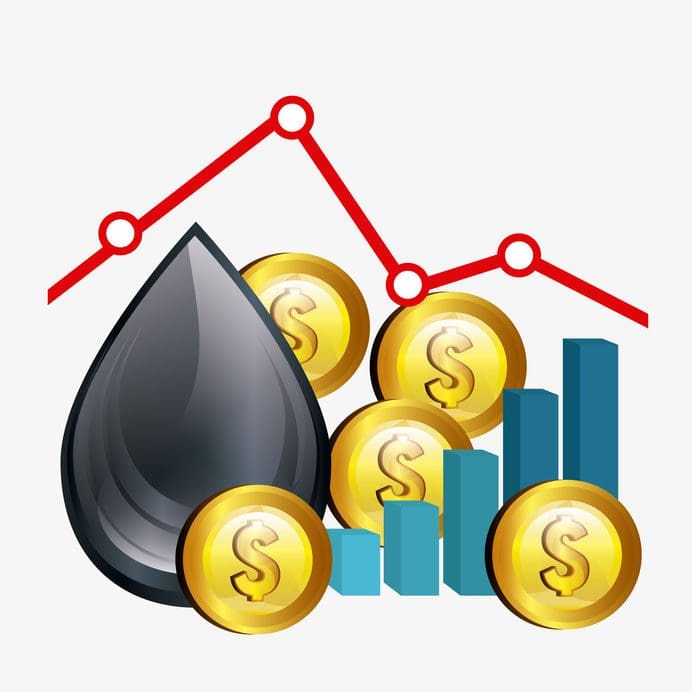Accurately predicting the price of oil and natural gas can be as difficult as predicting the weather in West Texas. In some cases, the weather can have a large impact on the price of both. Even though getting the forecast correct can be precarious, there are plenty of people out there trying their best to get it right.
The people that work at the Energy Information Administration at the U.S. Department of Energy are mandated by law to monitor energy production, consumption, and even predict the price of crude oil, natural gas, and other energy sources.
EIA released its Short-Term Energy Outlook on Tuesday and forecast a $53 per barrel average for West Texas Intermediate (WTI) traded on the New York Mercantile Exchange (NYMEX) during the first quarter of 2019 and increasing a few dollars to $59 by year end.
Morgan Stanley is not as optimistic. It released its projections on Jan. 8 of an average of $49 during the first quarter and reaching $58 during the fourth quarter 2019.
EIA’s forecast also included gasoline retail price averaging $2.47 per gallon this year, which is a 9.5 percent decline from the 2018 average of $2.73.
Natural gas traded on the futures market will average $2.89 per million British thermal units (mmBtu) in 2019, which is an 8 percent decline from $3.15 average in 2018.
Meanwhile, the optimism among CEOs of oil and gas companies has declined significantly since October, according to a survey released by the Federal Reserve Bank of Dallas this month. “The business activity index…remained positive, but barely so, plunging from 43.3 in the third quarter to 2.3 in the fourth,” the survey noted. “Readings near zero indicate activity was largely unchanged from the prior quarter, a break from the 10-quarter-long trend in rising activity.”
Morgan Stanley points out that its price forecast for oil is a decrease of $7 per barrel from its previous forecast of $56 for the first quarter. Morgan Stanley attributes the softening in price to a surplus of oil and declining demand created primarily by a slowing Chinese economy and declining oil imports.
Apparently there is an unusually large amount of “oil on the water,” meaning there is an excess of oil in transit from exporters and floating storage, according to Morgan Stanley, which says it has increased by 100 million barrels in the last three months and it currently “stands at an unusually high level of nearly 1.1 billion barrels.”
“This is mostly due to a sharp ramp-up in production (and exports) of OPEC+ countries in November, ahead of their December meeting. Tanker-tracking data show that the ‘Spare Capacity 5’ – Saudi Arabia, Kuwait, UAE, Iraq and Russia – increased seaborne exports by a large 1.5 million barrels per day in November. This has slowed in December, but only modestly,” Morgan Stanley said.
Alex Mills is the former President of the Texas Alliance of Energy Producers. The opinions expressed are solely of the author.
Alex Mills is the former President of the Texas Alliance of Energy Producers. The Alliance is the largest state oil and gas associations in the nation with more than 3,000 members in 305 cities and 28 states.





